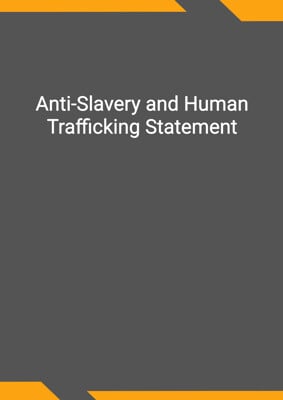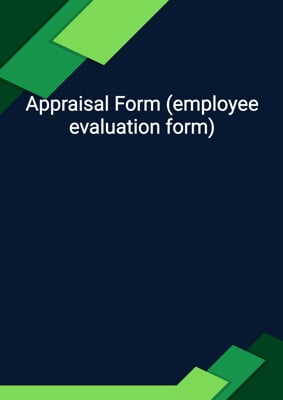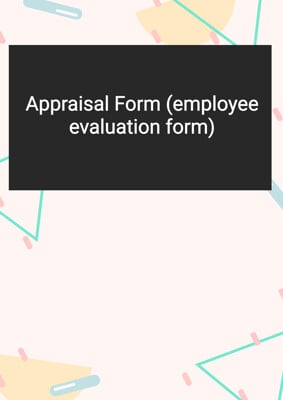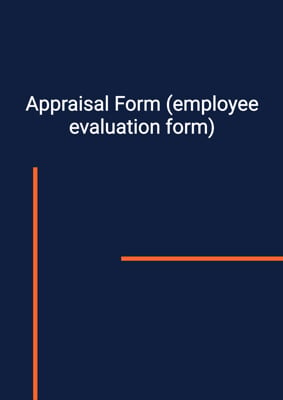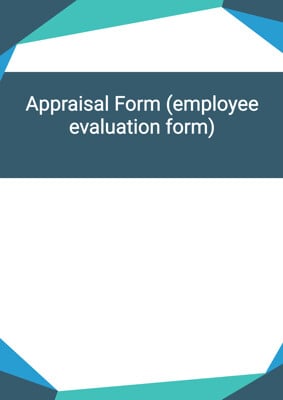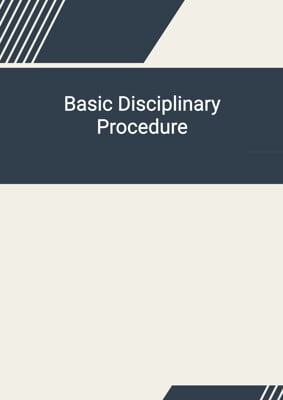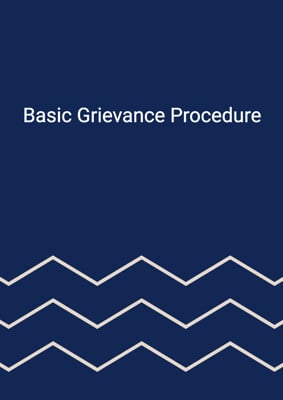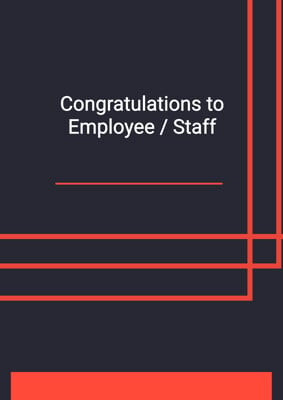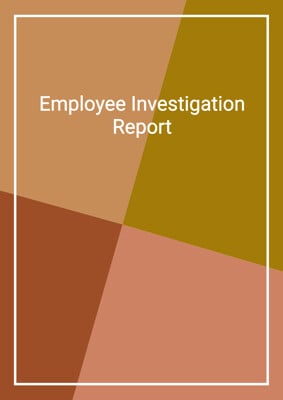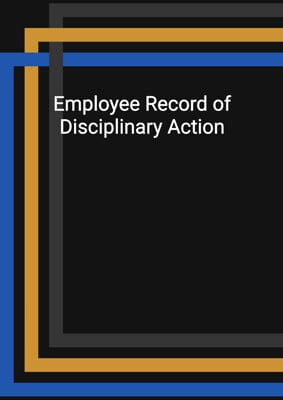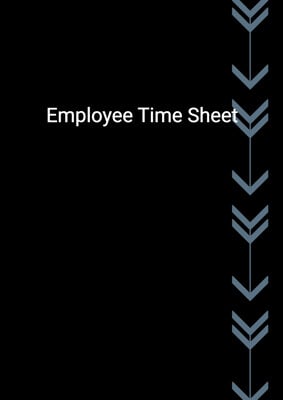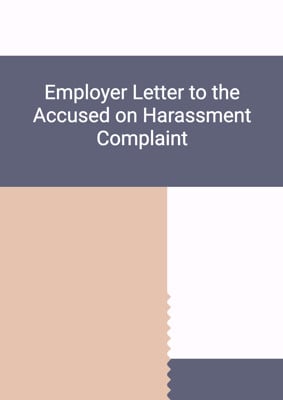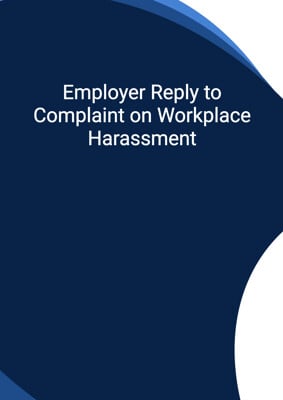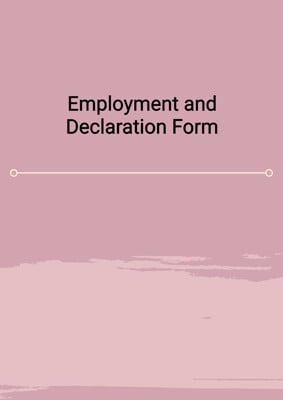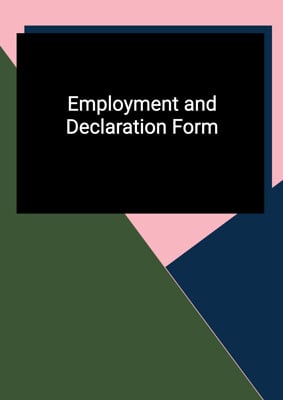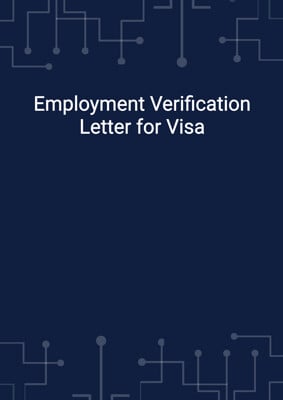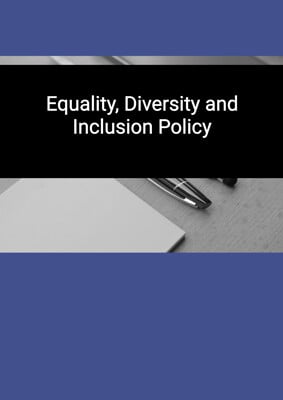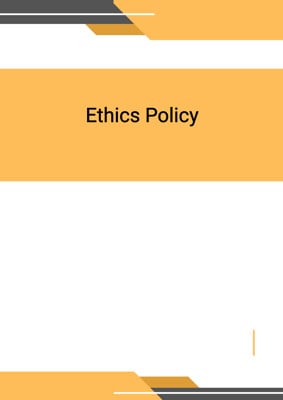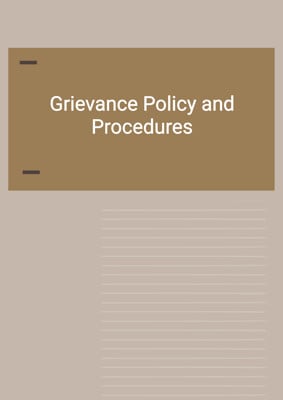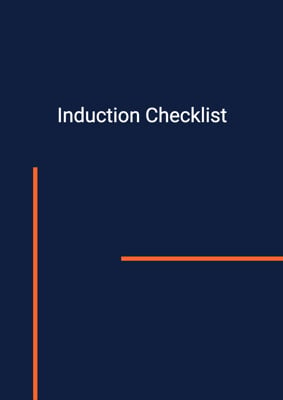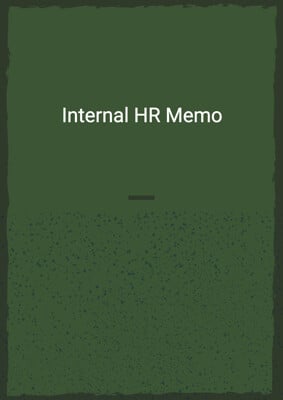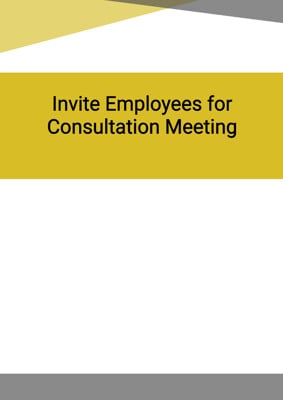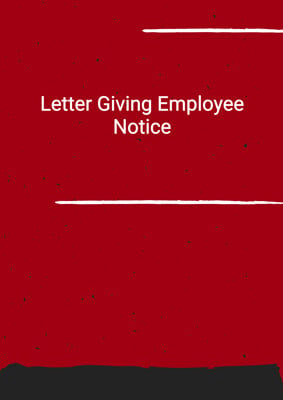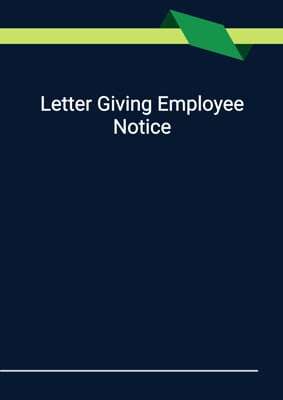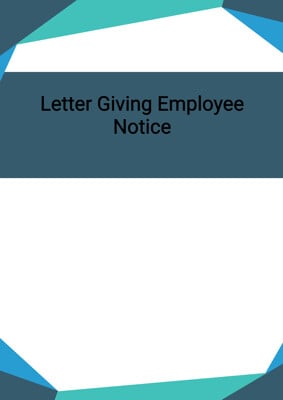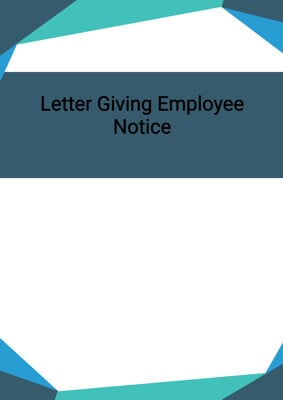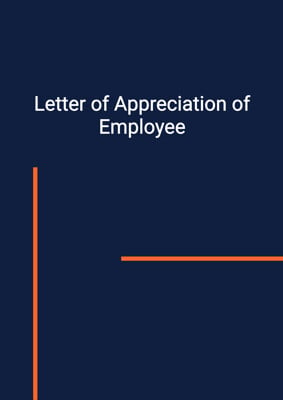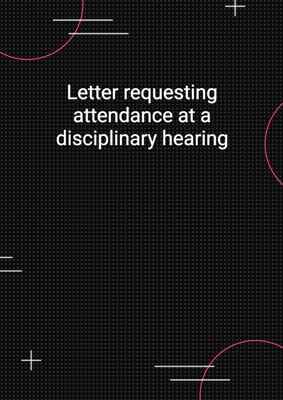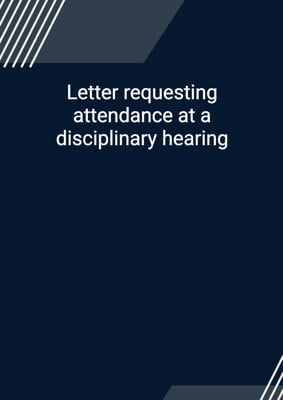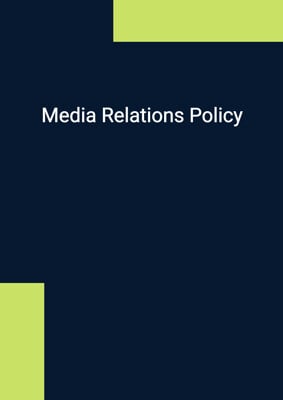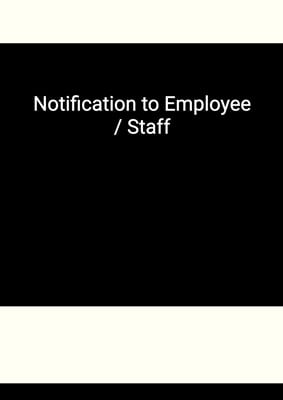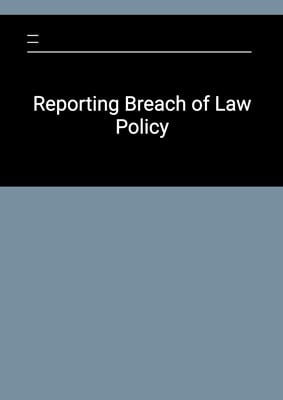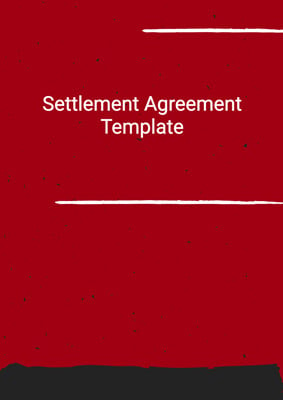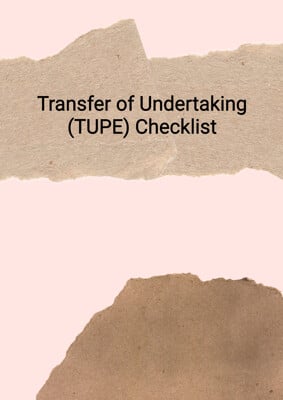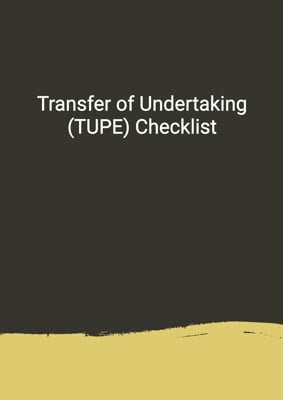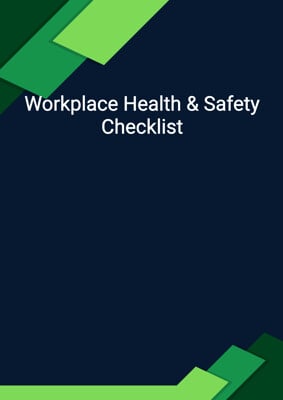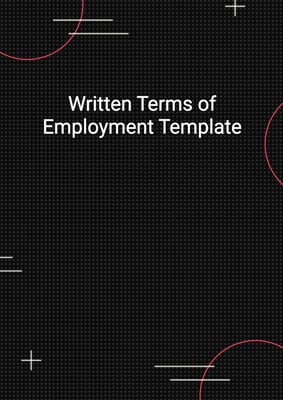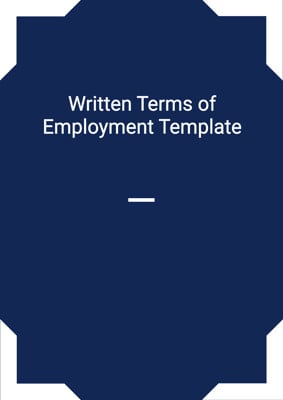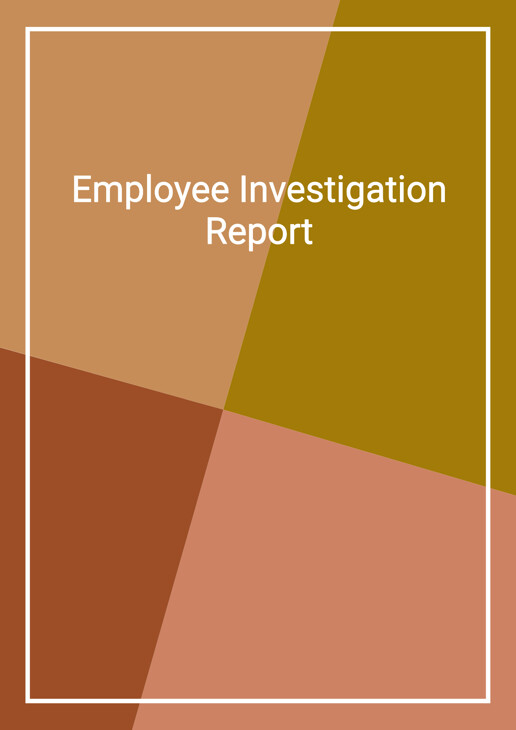
Employee Investigation Report
Misconduct/Poor Performance
This document can be used as a template for an investigation report used by the human resources department. It sets out the detail of the investigation, the process, the findings of the investigation, the conclusions and the suggestions made in relation to the investigation.
How to Tailor the Document for Your Need?
01
Create Document
Click "Create Document" button and the document will be prepared with your account details automatically filled in.
02
Fill Information
Please fill in any additional information by following the step-by-step guide on the left hand side of the preview document and click the "Next" button.
03
Get Document
When you are done, click the "Get Document" button and you can download the document in Word or PDF format.
04
Review Document
Please review the document carefully and make any final modifications to ensure that the details are correct before publication / distribution.
Document Preview
Document Description
The Employee Investigation Report is a crucial document that provides a detailed account of an investigation conducted within an organization. This report plays a significant role in ensuring transparency, accountability, and fairness in dealing with employee-related issues. The report begins with an introduction, which includes the name and role of the person authorizing the investigation, as well as the name and role of the investigator. The date on which the investigation began is also mentioned.
The terms of reference of the investigation are outlined, including any amendments made and the reasons behind them. This section sets the framework for the investigation and clarifies its scope. The background to the investigation is briefly explained, providing an overview of the matter under investigation.
The process of investigation is then described in detail. It explains how the investigation was authorized, highlighting the steps taken to ensure its legitimacy. The evidence collected during the investigation is listed, demonstrating the thoroughness of the process. Similarly, any evidence that could not be collected is also mentioned, along with the reasons for its unavailability.
The report includes a list of all the individuals interviewed during the investigation. This helps establish the credibility of the findings and provides a comprehensive account of the investigation process. Additionally, any witnesses who were not interviewed are identified, along with the reasons for their omission. If any anonymized statements were used, the report explains why they were necessary and provides details of any inquiries made into the witness.
Moving on to the investigation findings, the report summarizes the written and physical evidence collected. Each document is named and its relevance to the findings is explained. The report also highlights any inconsistencies or lack of support from the evidence. Similarly, the witness evidence is summarized, including relevant quotes from statements. The report analyzes how each witness statement supports or contradicts the findings.
The report then presents the established facts, providing a detailed account of what the investigation has uncovered. It also identifies any aspects of the investigation that remained inconclusive. Mitigating factors, if any, are discussed, shedding light on any circumstances that may have influenced the investigation's outcome. Other relevant information that is pertinent to the matter is also included.
In cases where a conclusion is required, the report offers recommendations for formal action, informal action, or no action. However, it is important to note that the investigator should not suggest a specific sanction, as this should only be considered during a disciplinary hearing. The report concludes with the investigator's signature and the date.
The supporting documents section lists all the documents collected as part of the investigation and included in the report. This ensures transparency and allows for easy reference to the evidence presented in the report.
How to use this document?
1. Begin by authorizing the investigation, clearly stating the name and role of the person authorizing it.
2. Appoint an investigator and mention their name and role in the report.
3. Specify the date on which the investigation began.
4. Outline the terms of reference, including any amendments made and the reasons behind them.
5. Provide a brief background to the investigation, giving an overview of the matter under investigation.
6. Explain how the investigation was authorized, highlighting the steps taken to ensure its legitimacy.
7. List all the evidence collected during the investigation.
8. Mention any evidence that could not be collected and provide reasons for its unavailability.
9. Provide a comprehensive list of all individuals interviewed during the investigation.
10. Identify any witnesses who were not interviewed and explain the reasons for their omission.
11. If anonymized statements were used, explain why they were necessary and provide details of any inquiries made into the witness.
12. Summarize the written and physical evidence collected, naming each document and explaining its relevance to the findings.
13. Summarize the witness evidence, including relevant quotes from statements, and analyze how each statement supports or contradicts the findings.
14. Present the established facts, providing a detailed account of what the investigation has uncovered.
15. Detail any aspects of the investigation that remained inconclusive.
16. Discuss any mitigating factors that may have influenced the investigation's outcome.
17. Include any other relevant information that is pertinent to the matter.
18. If required, provide recommendations for formal action, informal action, or no action.
19. Avoid suggesting a specific sanction, as this should only be considered during a disciplinary hearing.
20. Conclude the report with the investigator's signature and the date.
21. List all the supporting documents collected as part of the investigation and included in the report for transparency and easy reference.
Not the right document?
Don’t worry, we have thousands of documents for you to choose from:





